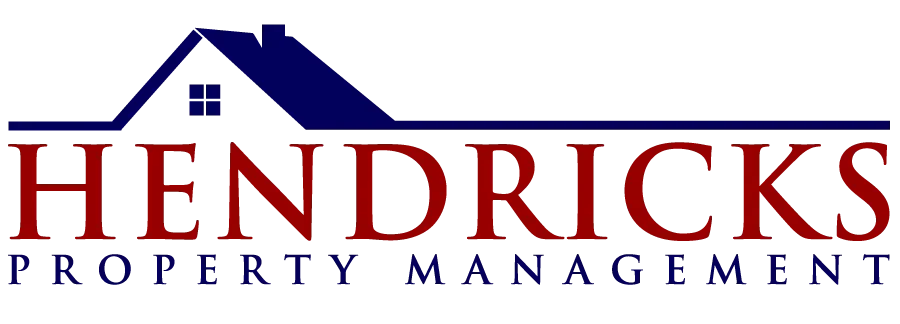How the Use of Technology in Property Management Pays Off
Managing single-family rentals used to mean piles of paperwork, delayed responses, and tenants knocking on your office door for updates. That’s changed. The use of technology in property management has completely reshaped how operators run their businesses — and more importantly, how tenants feel about where they live.
Today, property managers who lean into tech are seeing a powerful trend: lower tenant turnover. This isn’t by accident. It’s because the tenant experience has gotten better — faster responses, fewer friction points, and more convenience across the board.
Ready to reduce churn and boost your returns?
Let’s explore how the right tools are making a big impact — and how you can take advantage.
Table of Contents
Why Tenant Experience Matters More Than Ever
The expectations of today’s renters are way different from a decade ago. People are used to getting what they want quickly. They can order groceries from their phone, get rides in minutes, and book appointments without making a single call.
So when a maintenance issue goes unresolved for days or a lease renewal is a hassle, it feels out of place. Tenants don’t just want convenience anymore — they expect it.
That shift is why the using modern tools n property management has become a smart move, not just a nice-to-have. When residents feel like their needs are being met quickly and smoothly, they’re more likely to stay. Lower tenant turnover means less time and money spent on finding new tenants — and more consistent returns.
How the Use of Technology in Property Management Has Changed the Game
The COVID-19 era accelerated tech adoption in almost every industry — property management included. Face-to-face meetings were replaced by mobile-first solutions, and what started as a workaround became a better way of doing business.
Here are some key ways tech is transforming the resident experience:
Frictionless renewals: Instead of dropping off paper packets, lease renewals are now handled via email, text, or an app. Digital signatures through tools like DocuSign mean tenants can review and renew without leaving their home.
Faster service responses: Maintenance requests are tracked in real-time. No more waiting on someone to check their voicemail.
Self-showings: Lockboxes and automated scheduling let prospective renters view homes without an agent present. It’s safer, faster, and more convenient.
Automated workflows: Tools like LeadSimple and Zapier take over repetitive tasks — like follow-ups, reminders, and updates — giving staff more time to focus on personal interactions.
This doesn’t just help residents. It makes the job easier for property managers, too. With better systems, they can focus on what matters — not chasing paperwork or playing phone tag.
Real-World Examples from Hendricks Property Management
Hendricks Property Management is a great example of how this all works in the real world. They’ve built their operations around smart tech and automation to serve both tenants and owners.
Here’s how they do it:
Automated lease renewals: Tenants get reminders and renewal options sent directly to them. They sign when they’re ready — no need for a visit or call.
Self-showings: Prospects can view homes on their schedule using secure lockbox access.
DocuSign: Every document — from leases to notices — is handled electronically.
Zapier + LeadSimple: These tools power their backend processes, making sure everything from lead tracking to move-out notices runs on autopilot.
This creates a seamless experience. Tenants feel taken care of. Owners see fewer vacancies. And property managers aren’t stuck doing repetitive admin work.
What This Means for Investors and Owners
As an investor, you're always looking for stable, low-risk returns. High turnover eats into that — every move-out means cleaning, listing, showing, and waiting. It costs money and creates uncertainty.
But when tenants are happy, they stay. And when your property manager is using tech to stay ahead of tenant needs, that happiness is easier to maintain.
The bottom line? The use of technology in property management leads to better tenant retention, which directly supports stronger portfolio performance.
Conclusion
Residents today want more than just a place to live. They want smooth, reliable service that fits their lifestyle. Property management companies that meet those needs through smart tech are seeing clear results: lower turnover, happier tenants, and fewer headaches for owners.
Investors who understand this shift — and partner with tech-forward property managers — are in a much better position to grow and protect their assets in today’s market.
FAQ
-
Tenant experience describes the way tenants interact with your properties. The quality of those interactions can have a major impact on business. Negative tenant interactions can lead to high churn and losses for your portfolio; positive ones have the opposite effect: boosting retention and improving lifetime value.
-
Generative AI is the most commonly used form of real estate AI. One of the best examples of generative AI is for real estate listings.
-
Property management automation refers to any tools or processes that reduce your manual workload by letting technology work for you. Software, apps, and other tools will streamline your property management workflows and automate away your repetitive tasks.
-
By prioritizing clear communication, proactive maintenance, and a sense of community, landlords and property managers will create a living environment where every tenant feels valued and engaged.
-
You might be asking yourself what exactly is involved in a self-showing. The simple answer is this: the property manager/owner puts a lockbox on the door of the home. The key is inside the box and can be accessed with a code. Once the prospective tenant is done viewing the home, they lock the key back into the box.

